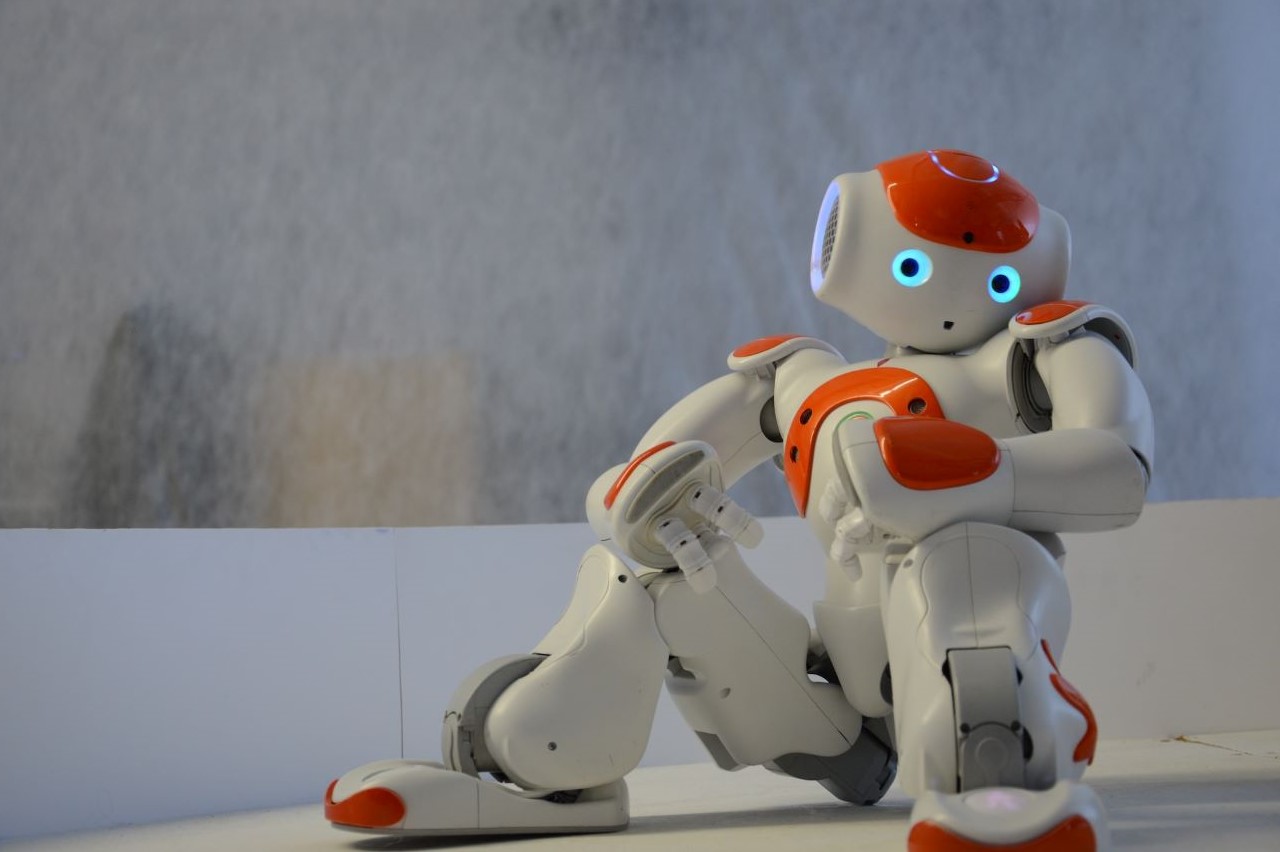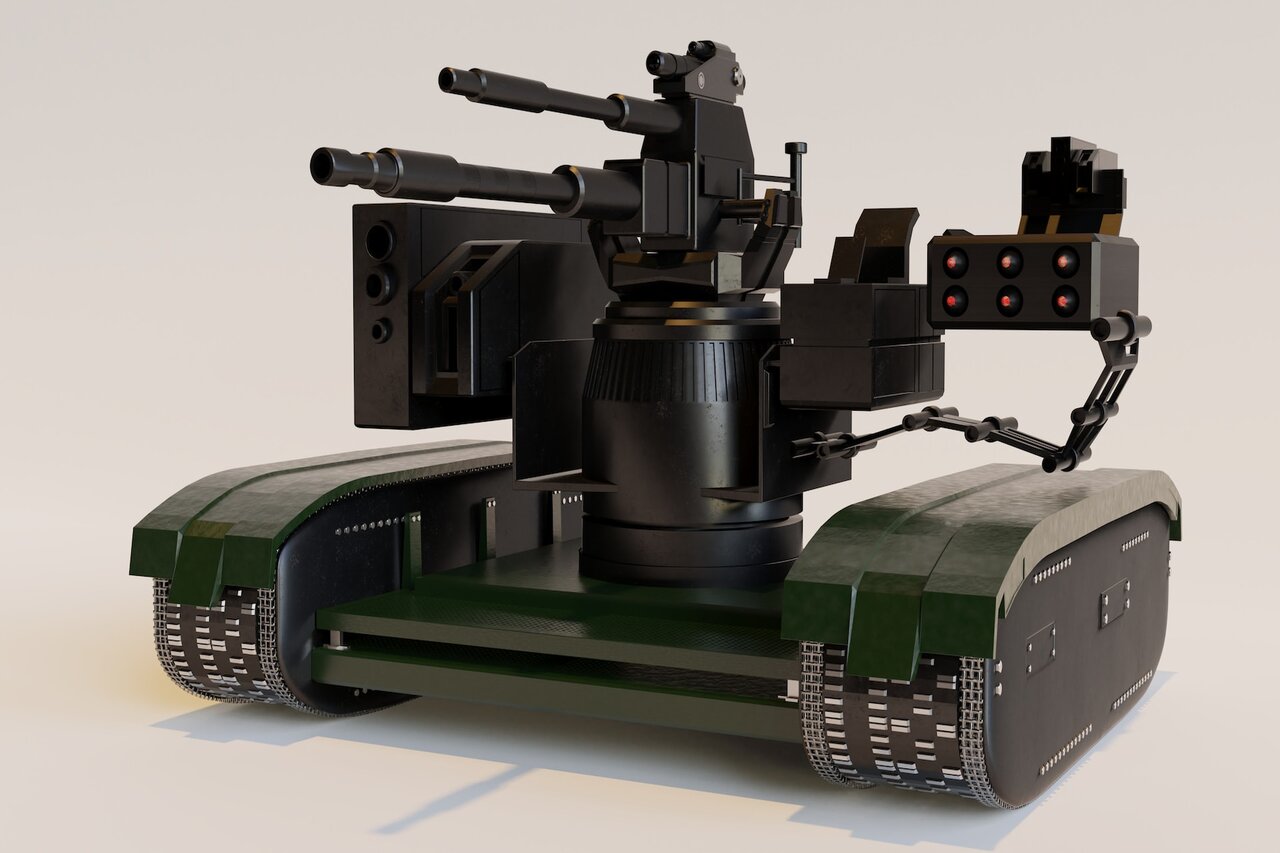Have you had something delivered by an autonomous delivery robot? That’s an increasingly common and available option in many parts of the world. However, many people feel hesitant about the idea. Sometimes that’s because they don’t like how robots take humans’ jobs. In other cases, they get frustrated about how delivery robots make sidewalks more congested, posing difficulties for pedestrians.
Those are valid concerns, but it’s also important to think about how this technology could lead to a brighter future. Here are some compelling examples.
Reduced Greenhouse Gas Emissions
People are increasingly concerned about climate change and know they must act quickly to mitigate it. One proven way to do that is to make changes that cut greenhouse gas emissions.
Deploying an autonomous delivery robot in a location that typically has lots of traffic from other vehicles is one way to do that. These machines generally offer emissions-free operation.
Plus, researchers from the University of Michigan studied 12 delivery scenarios, including some that use delivery robots. They found that vehicle use was the top contributor to greenhouse gas emissions, regardless of the delivery method chosen.
There’s no universally best way to reduce emissions, but delivery robots could help. Company leaders should ideally make them part of a larger, all-encompassing strategy to improve sustainability.
Improved Convenience and Expectation Setting
You can probably remember at least a few instances where you’ve sat at home all day waiting for a delivery, grumbling about how you could have spent those precious hours in more productive ways. You may have even needed to take time off from work or skip a class to be available for the delivery. Such inconveniences could be in the past, thanks to delivery robots.
Consider how DPD uses delivery robots for the Estonian market when people purchase small electric goods, such as household appliances. A customer can order an autonomous delivery robot within a certain timeframe each day. They then get text messages when the robot departs the store and after it arrives at the destination. The machine waits for 10 minutes after getting to the consumer’s location and returns to the store if the purchaser is not home.
It’s easy to see how such solutions could make it easier for people to plan their days. However, robots aren’t the best option in every case. Amazon launched a delivery robot called Scout in 2019. Representatives believed doing so would reduce greenhouse gas emissions and meet other goals. However, the company recently stopped testing Scout and disbanded the internal team working on the project. A company spokesperson said aspects of the robot failed to meet customer needs.
Enhanced Awareness of the Need for Infrastructural Changes
Many people with physical disabilities regularly encounter hazards that make it difficult or impossible to get around their communities. A road-clearing machine might block a wheelchair ramp with a pile of snow, or sidewalks in poor condition might make it harder for people with balance difficulties to reach their destinations safely.
Interestingly, a multicity trial found many delivery robots encountered some of the same difficulties humans do when using assistive devices. Some got stuck or tipped over due to sidewalk obstructions. Others couldn’t move freely in a particular neighborhood because of vehicles blocking the sidewalk or the surface being in such bad condition.
Early evidence suggests delivery robots may not help people with disabilities. The University of Pittsburgh temporarily suspended testing the machines. That happened after a student in a wheelchair complained that an autonomous delivery robot prevented her from using a curb cutaway. However, perhaps the combination of feedback from people with disabilities and takeaways from robot tests could give decision-makers the motivation to finally make infrastructural changes.
A student writer associated with the University of Houston pointed out that the campus has lots of work to do to become sufficiently accessible. However, they noted that people from the disability services center on campus lack the authority to improve the infrastructure. That’s unfortunate, and the increased use of robots may draw even more attention to the matter.
Will You Use an Autonomous Delivery Robot?
It’s unrealistic to expect delivery robots to solve all of society’s problems. However, as these examples show, they can cause some meaningful improvements. If you haven’t used an autonomous delivery robot yet, are you now more open to doing so soon? Using new technologies can be intimidating, but giving them a try is often the best way to see if they’ll help you.
Recent Stories
Follow Us On
Get the latest tech stories and news in seconds!
Sign up for our newsletter below to receive updates about technology trends




